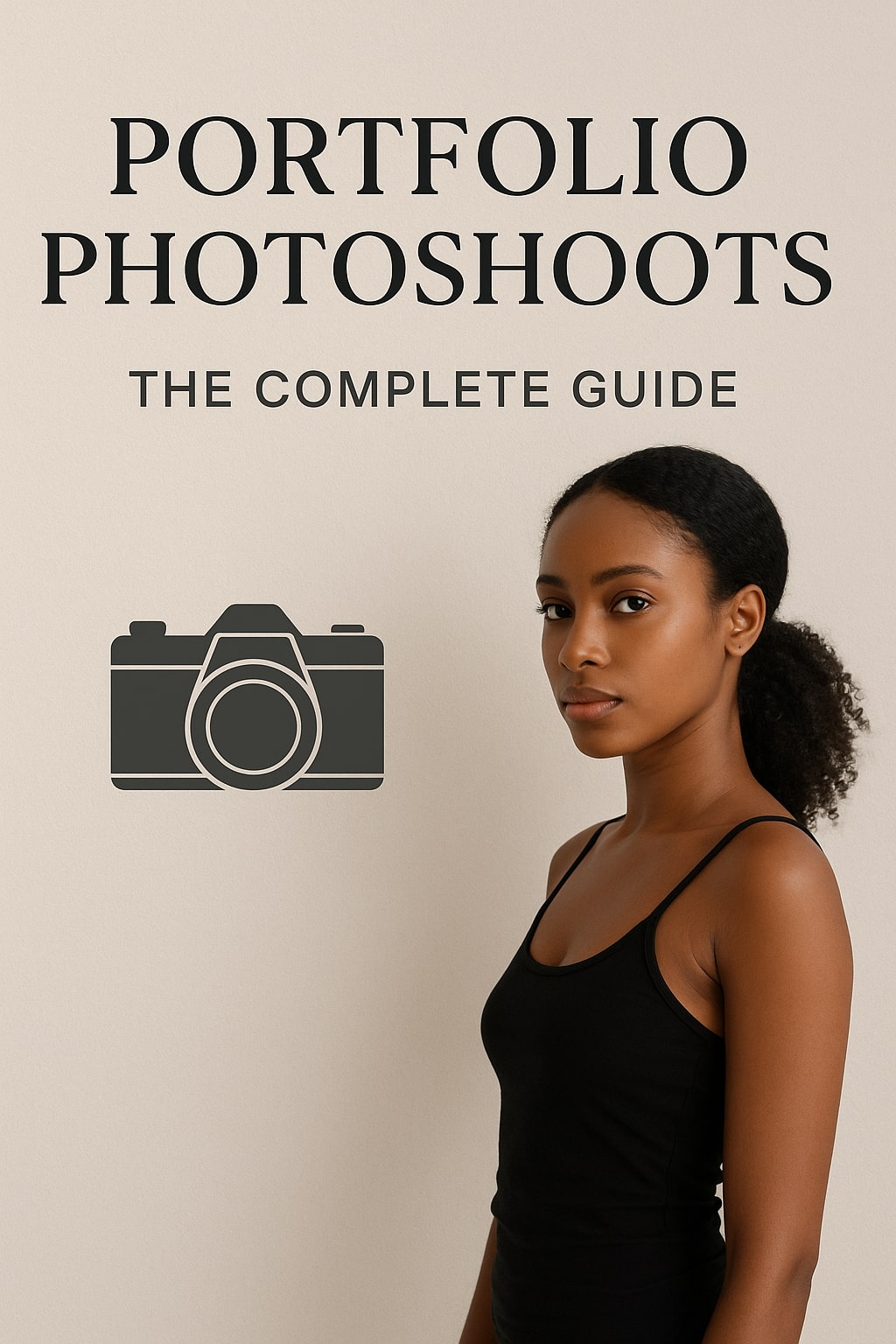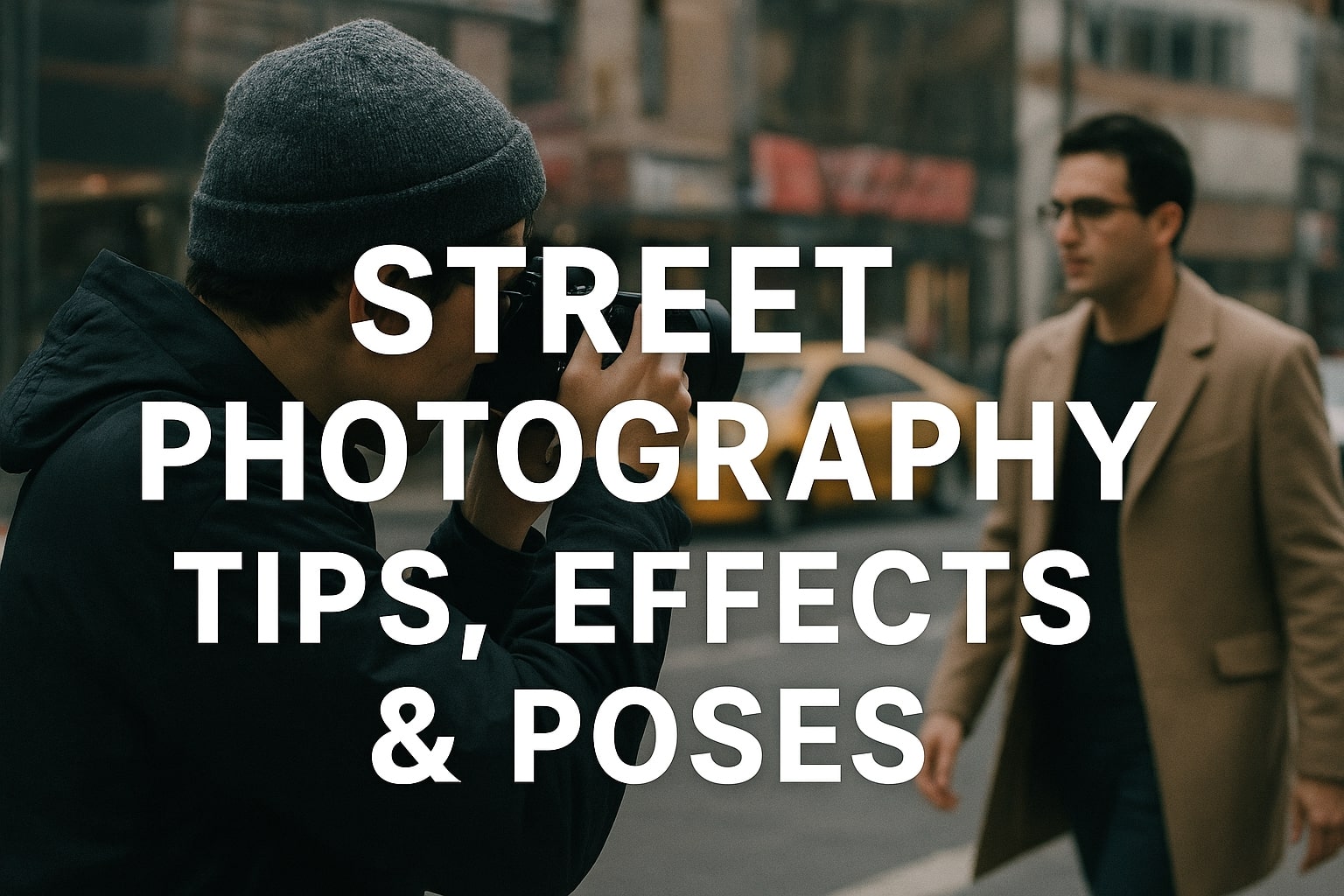Portrait photography is an art form that relies on technical skill, creativity, and the ability to connect with your subject. While it’s natural to make mistakes—especially when starting out—understanding common pitfalls can accelerate your growth and lead to more polished and impactful images. In this blog, we’ll explore the top Mistakes in Portrait Photography and how to avoid them. By focusing on key elements like lighting, composition, communication, and post-processing, you can elevate your craft and deliver stunning results every time.
Mistakes in Portrait Photography
1. Skipping Pre-Session Preparation
Preparation is the foundation of a successful portrait shoot. Skipping this step often results in disorganized sessions and missed opportunities.
1.1 Failing to Plan the Session
Without a plan, your shoot can feel aimless. Always discuss your client’s expectations, location, wardrobe, and overall vision beforehand. Create a shot list or storyboard to stay on track.
1.2 Ignoring Equipment Checkups
Technical issues can disrupt your session. Check your camera, lenses, batteries, and memory cards before the shoot. Carry backups to avoid interruptions.
1.3 Underestimating the Importance of Wardrobe Coordination
Wardrobe plays a significant role in the overall look of your portraits. Guide your clients on clothing choices that complement the theme, setting, and lighting conditions.
2. Poor Communication with the Subject
Portrait photography is as much about people skills as it is about technical expertise. A lack of communication can result in stiff, unnatural poses.
2.1 Not Building Rapport
Failing to establish a connection with your subject can make them uncomfortable in front of the camera. Spend time chatting before the session to build trust and ease nerves.
2.2 Giving Vague Directions
Unclear instructions lead to awkward poses. Use simple, actionable cues like “tilt your chin slightly” or “shift your weight to one leg” to guide your subject effectively.
2.3 Ignoring Feedback from the Subject
Listen to your client’s input during the session. They know their best angles and comfort zones, which can help you achieve better results.







3. Misusing Lighting
Lighting is one of the most critical aspects of portrait photography. Improper lighting can make or break your images.
3.1 Relying Solely on Natural Light
While natural light is beautiful, it’s not always predictable. Learn to work with artificial lighting, such as softboxes or reflectors, to maintain control over your shots.
3.2 Harsh Shadows and Overexposure
Avoid placing your subject in direct sunlight, as it creates unflattering shadows and overexposed highlights. Instead, opt for shaded areas or diffuse the light with a reflector.
3.3 Ignoring Catchlights
Catchlights (the reflections in your subject’s eyes) bring life to your portraits. Always position your light source to create a subtle glimmer in the eyes.
4. Neglecting Composition
Composition determines how your subject and surroundings interact within the frame. Poor composition can make even a technically perfect photo feel unbalanced.
4.1 Ignoring the Rule of Thirds
Centering your subject isn’t always the best choice. Use the rule of thirds to position your subject off-center for more dynamic and engaging portraits.
4.2 Forgetting to Include Leading Lines
Leading lines guide the viewer’s eye toward the subject. Incorporate elements like pathways, fences, or architectural features to add depth to your composition.
4.3 Overcrowded Backgrounds
Cluttered backgrounds distract from your subject. Use shallow depth of field to blur distracting elements, or reposition your subject against a simpler backdrop.
5. Awkward or Unflattering Poses
A poorly executed pose can ruin an otherwise beautiful portrait. Attention to body language and angles is crucial.
5.1 Ignoring Posture
Slouching or uneven posture can make your subject appear uncomfortable. Encourage them to stand or sit tall with relaxed shoulders for a natural look.
5.2 Overly Stiff Hands
Hands often look awkward in portraits. Guide your subject to rest their hands naturally or hold props to avoid stiffness.
5.3 Unflattering Angles
Shooting from the wrong angle can distort your subject’s features. Experiment with various perspectives to find the most flattering angle for each client.
6. Overediting in Post-Processing
Post-processing enhances your portraits, but overediting can make them look artificial.
6.1 Over-Smoothing Skin
Excessive skin smoothing creates a plastic-like effect. Aim for a natural look by reducing blemishes while retaining texture.
6.2 Oversaturated Colors
Vibrant colors can make your portraits pop, but overdoing saturation results in unrealistic tones. Keep adjustments subtle and true to life.
6.3 Ignoring Consistency
Inconsistent editing styles can make your portfolio look disjointed. Develop a cohesive editing workflow that reflects your unique artistic vision.
7. Failing to Capture Emotion
Portrait photography is about storytelling and emotion. Technical perfection without emotional connection often feels empty.
7.1 Overfocusing on Perfection
While technical precision is important, it shouldn’t overshadow the subject’s personality. Prioritize capturing genuine expressions and emotions.
7.2 Rushing the Session
Rushing prevents your subject from settling into the moment. Take your time to establish a relaxed atmosphere and encourage natural expressions.
7.3 Forgetting to Shoot Between Poses
Some of the best portraits happen during unplanned moments. Keep your camera ready to capture candid expressions and interactions.
8. Lack of Adaptability
Every portrait session is different. A rigid approach often leads to missed opportunities and subpar results.
8.1 Sticking to a Single Style
While consistency is important, being overly rigid with your style can limit creativity. Adapt your approach to suit the subject, location, and purpose of the shoot.
8.2 Not Adjusting to the Environment
Weather, lighting, and surroundings can change unexpectedly. Be prepared to improvise and make the best of the situation.
8.3 Ignoring Client Preferences
Your client’s preferences should influence your creative decisions. Listen to their ideas and incorporate them into your work whenever possible.
Conclusion: Learn from Mistakes to Perfect Your Craft
Mistakes in Portrait Photography are a natural part of learning, but recognizing and addressing them can significantly improve your portrait photography. By avoiding these common pitfalls, you can create more polished, emotive, and impactful portraits that resonate with your audience.
Remember, portrait photography is as much about the experience as it is about the final product. Stay patient, adaptable, and open to learning, and your growth as a photographer will shine through in your work.

Professional Model & Portfolio Photoshoots: Show Your Best Work

Street Photography Tips, Effects & Poses – Complete Guide
-

Leica Q2 for Photography: Why It’s Loved by Photographers
-

Top Cameras Under ₹1 Lakh for Freelance Photography
Professional Model & Portfolio Photoshoots: Show Your Best Work
” Discover how to plan, style, and execute stunning portfolio photoshoots that showcase your skills, personality, and versatility. This comprehensive guide covers professional tips, posing ideas, gear suggestions, and industry insights for models and photographers.” Introduction – Why Portfolio Photoshoots Are the Cornerstone of a Photographer’s Career A well-crafted portfolio photoshoot is more than a…
Street Photography Tips, Effects & Poses – Complete Guide
Discover the ultimate guide to Street Photography with expert tips, creative effects, and dynamic poses. Learn how to capture authentic urban moments, master composition, and tell powerful visual stories through your lens. Article Outline 1. Introduction to Street Photography Street Photography is more than just taking pictures of people in public spaces — it’s about…
Leica Q2 for Photography: Why It’s Loved by Photographers
Introduction: The Cult Status of the Leica Q2 The Leica Q2 is not just a camera—it’s a statement. Combining the heritage of German precision engineering with modern digital excellence, it holds a special place in the hearts of professional and passionate photographers alike. With its full-frame sensor, prime Summilux lens, and minimalist design, the Q2…
Top Cameras Under ₹1 Lakh for Freelance Photography
Freelance photography is no longer a niche—it’s a booming creative profession that demands not only vision and hustle but also the right gear. Your camera isn’t just a tool; it’s your storytelling partner. If you’re a freelance photographer aiming to balance performance, versatility, and budget, investing in a cameras under ₹1 lakh can offer the…
Top Features of Nikon D850 That Make It Ideal for Photoshoots
Explore the top features of the Nikon D850 that make it a powerhouse for photoshoots. From exceptional resolution to dynamic range, this detailed Nikon D850 guide is built for professional and aspiring photographers. 1. Introduction When Nikon launched the D850, it quickly earned a reputation as a flagship DSLR that redefined what photographers could expect…
Panasonic S5 II Review: Powerhouse for On-the-Go Shoots
Discover why the Panasonic S5 II is the ultimate hybrid camera for photographers and videographers on the move. This detailed Panasonic S5 II Review explores its performance, features, and value for creative professionals. Table of Contents ( Panasonic S5 II Review ) 1. Introduction In a rapidly evolving mirrorless camera landscape, creators seek devices that…

